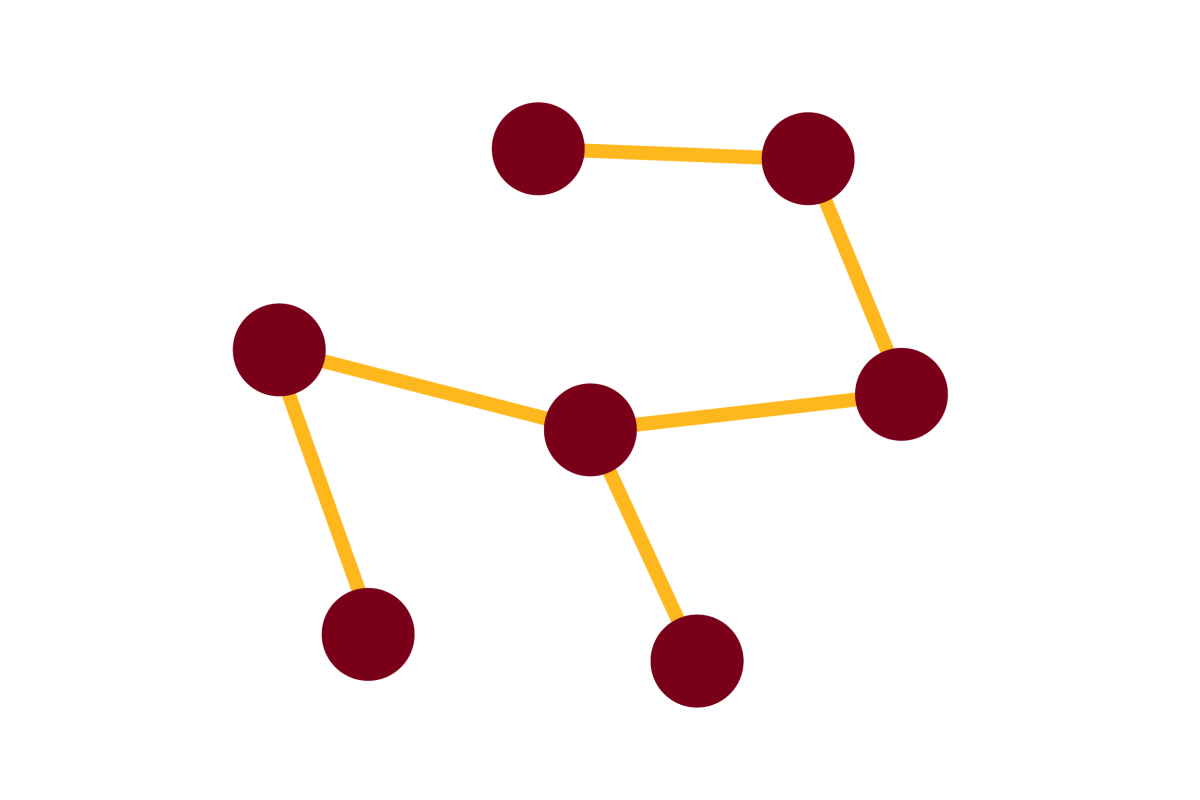Uncovering and Exploiting HUH‐endonuclease ssDNA Recognition for Protein‐DNA Bioconjugation [journal]

Journal
The FASEB Journal - April 2020
Authors
Kassidy Tompkins, Andrew Nelson, Lauren Litzau, Blake Everett, Mohamed Houtti (Ph.D. student), Leland Pornschloegl, Andrew Lemmex, Lidia Swanson, Eric Aird, Robert Evans III, Dan Knights (professor), Wendy Gordon
Abstract
HUH‐endonucleases (histidine‐hydrophobic‐histidine) create nicks in hairpin loops at the origin of replication during viral rolling circle replication and bacterial plasmid conjugation. Intriguingly, these metal‐dependent enzymes can form rapid, covalent, and specific linkages with single‐stranded DNA (ssDNA) under physiologic conditions. In recent years, we have developed these nucleases as a multiplexable, protein‐DNA bioconjugation (HUH‐tags) technology for live cell imaging, force spectroscopy, genome editing, cell targeting, etc. Though viral HUH‐tags bear valuable biophysical properties for bioconjugation, it would seem multiplexing the viral HUH‐tags we explored would be difficult because they target a highly conserved nonamer sequence (5′‐TA(A/G)TATT*AC‐3′). Interestingly, we noticed varying degrees of promiscuity in sequence recognition between these HUH‐tags. Therefore, we hypothesized that we could exploit or engineer sequence orthogonality using variants of the target sequence. To this end, we generated an unbiased ssDNA library containing all permutations of the target sequence 5′ of the cleavage site (16,384 sequences) and developed a next‐generation sequencing approach that assesses the degree of HUH‐tag cleavage of all sequences contained in the library. Strikingly, we found robust sequence orthogonality and can now multiplex several of these viral HUH‐tags. Our ultimate aim is to engineer the target sequence recognition to create a vast toolkit of multiplexable, viral HUH‐tags. However, relatively few structural and mechanistic insights into the ssDNA recognition have limited our ability to rationally engineer HUH‐tags for this purpose. Addressing this bottleneck, we solved the first ever structure of a HUH‐tag derived from a viral replication initiator protein from wheat dwarf virus bound to its ssDNA target generating an atomic resolution map of protein‐DNA contacts. Together, our structural insights and sequence cleavage screening method may allow us to rationally develop and engineer a powerful toolkit of fusion tags for multiplexable protein‐DNA bioconjugation.
Link to full paper
Uncovering and Exploiting HUH‐endonuclease ssDNA Recognition for Protein‐DNA Bioconjugation
Keywords
bioinformatics, computational biology